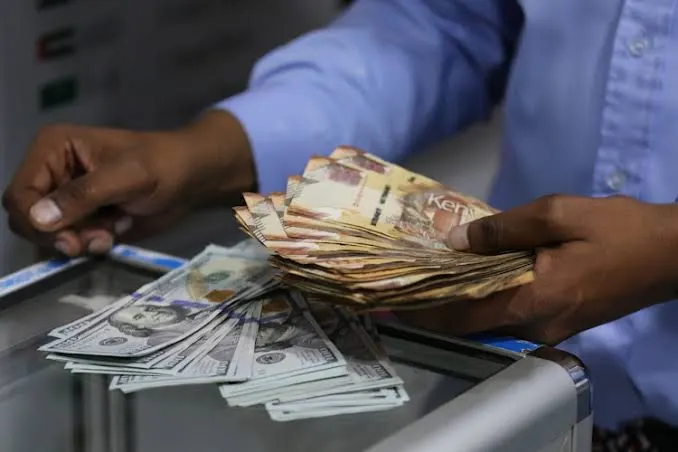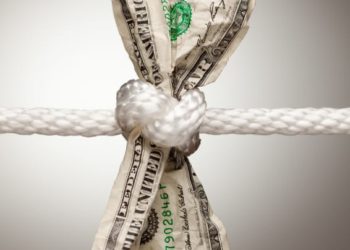The Kenyan shilling demonstrated notable strength against the US dollar, marking a departure from previous trends.
The Central Bank’s indicative rate concluded the week at KES 153.2, a marked improvement from the previous week’s rate of KES 160.1. However, the forex bureau experienced heightened volatility, witnessing the Kenyan currency trading as low as KES 140, with purchasing rates dipping to KES 120.
Economists attribute this sudden shift primarily to increased foreign inflows into the country in recent weeks. The Governor of the Central Bank of Kenya (CBK) disclosed recent disbursements from the IMF and Trade Development banks, alongside anticipated further disbursements from the World Bank.
Additionally, the successful issuance of a USD 1.5 billion Eurobond and the launch of an Infrastructure bond were cited as contributing factors, augmenting the supply of dollars within the nation.
Notably, amidst this volatility, a trend emerged within the forex bureau landscape. Individuals holding onto dollars began selling them off in what appeared to be a panic-driven reaction.
Social media further fueled this sentiment, with a trending hashtag encouraging dollar sales. This behavior, characterized by a lack of analysis or consideration for broader market dynamics, is commonly referred to as the contagion effect.
The contagion effect, akin to ripples in a pond, swiftly propagated throughout the market. This was evident in the fluctuation and appreciation of the dollar, particularly on February 15, where despite closing at KES 145, the dollar traded at considerably lower rates for a significant portion of the day.
Investors, driven by risk aversion, gravitate towards safer assets in times of uncertainty. This flight to safety exerts downward pressure on currencies like the dollar, precipitating rapid sell-offs and influencing the value of the Kenyan shilling in the forex market.
In response to the surge in dollar sales, policymakers intervened to stabilize exchange rates and restore market equilibrium. Reports indicated that the Central Bank engaged in buying dollars from bureaus and agents to mitigate fluctuations.
The government’s proactive online campaign urging dollar sales evidently influenced market dynamics, resulting in unprecedented gains for the shilling. However, questions linger regarding the underlying fundamentals supporting this appreciation and the likelihood of sustained growth or potential depreciation of the currency.


















